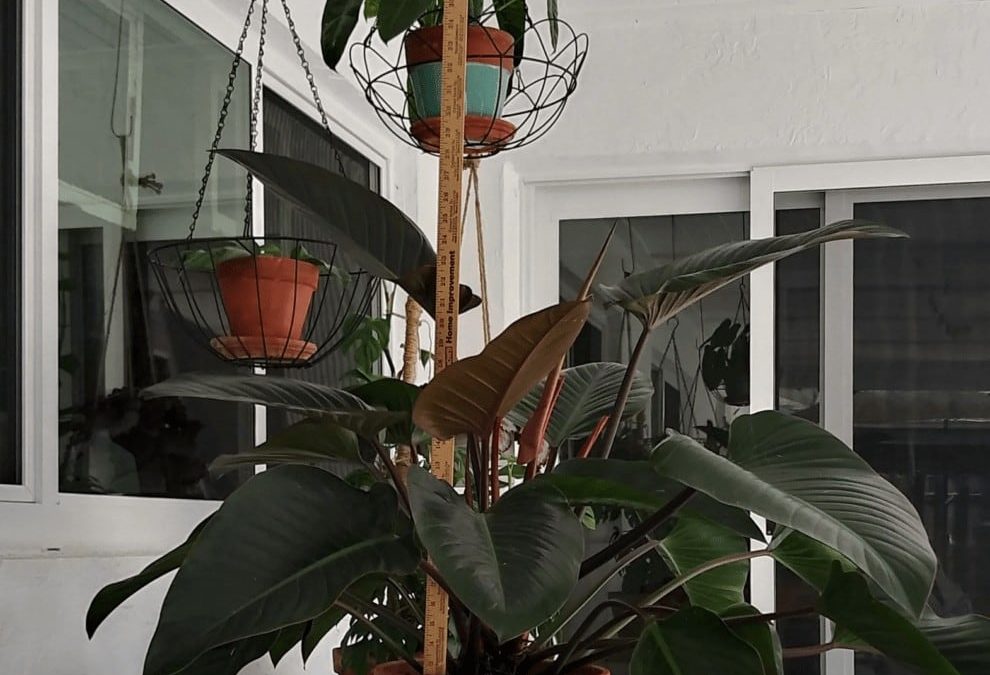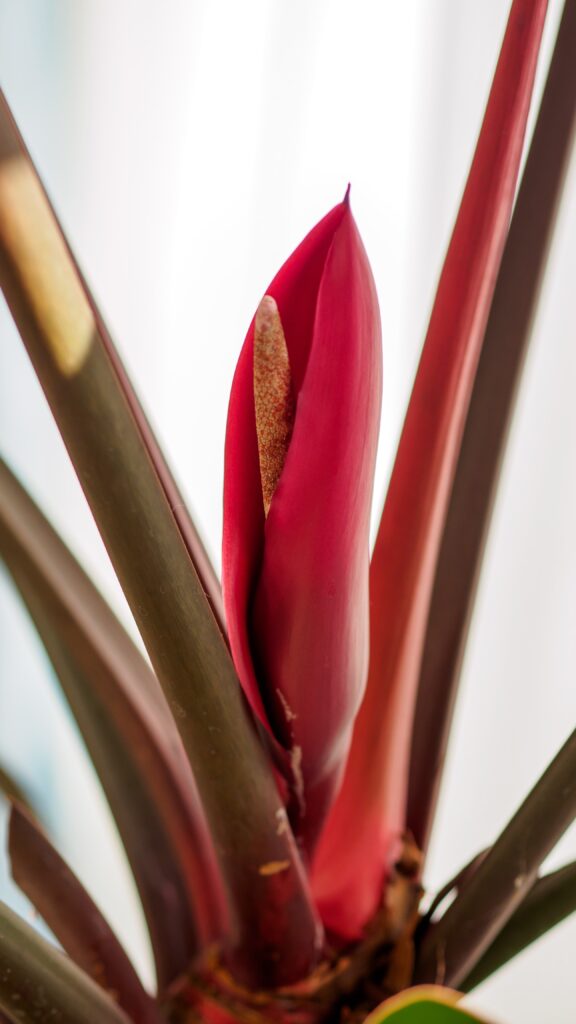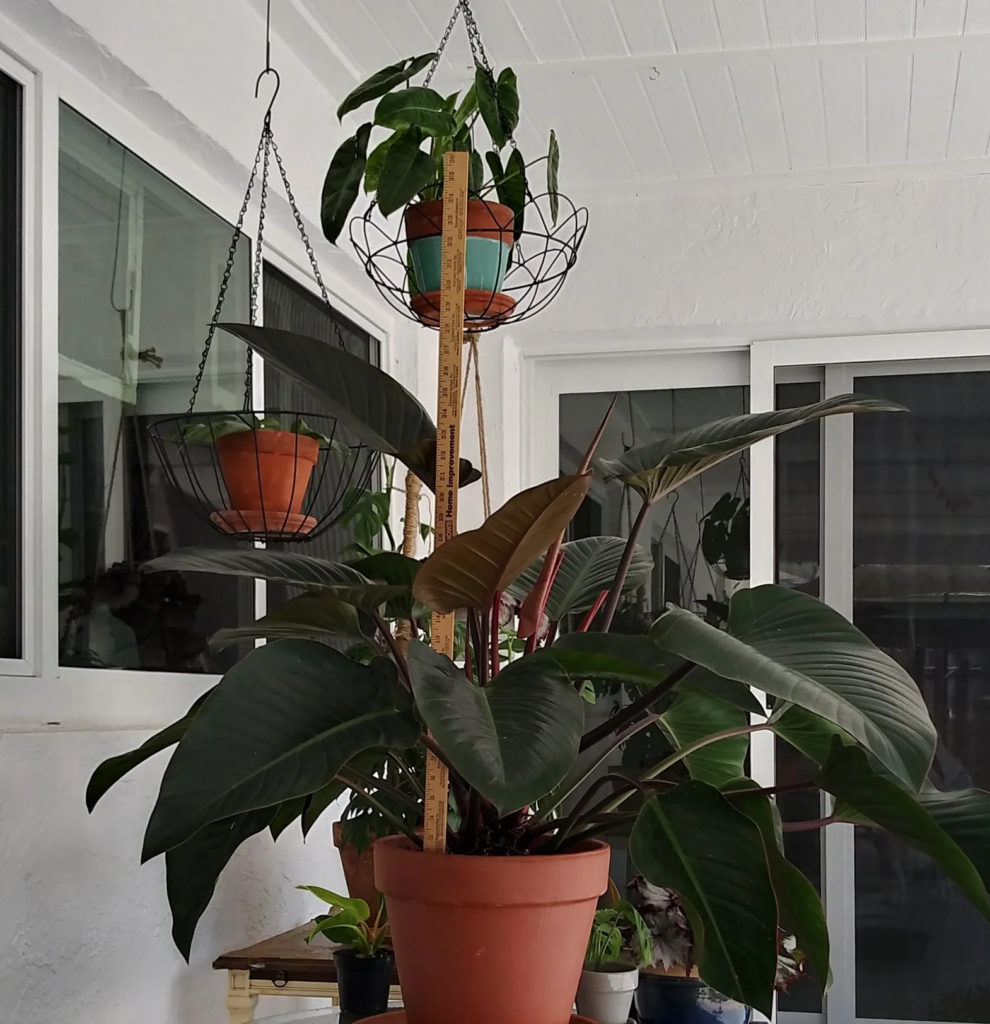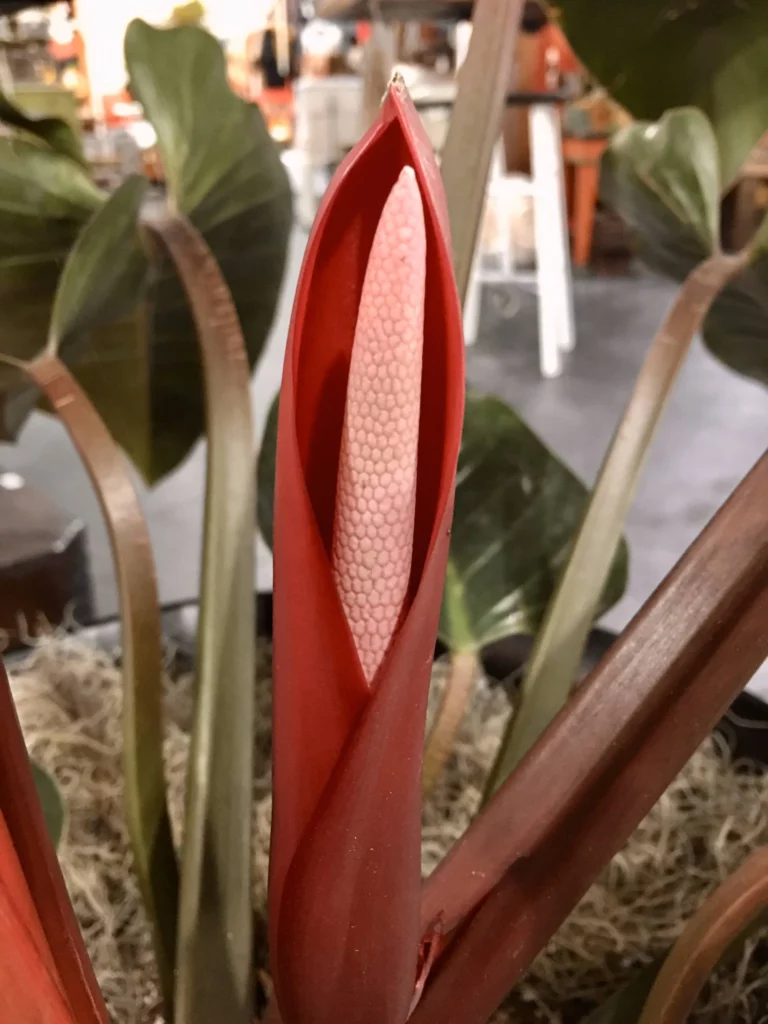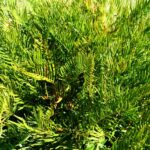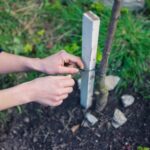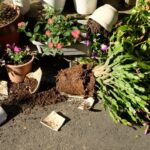Did you know that even in this day and age there are still rare plants?
The Philodendron Rojo Congo is a perfect example!
Today we’re going to take a look at this rare houseplant that is feverishly sought after by plant enthusiants for its glossy leaves that unfurl to reveal a striking red color.
Take a look at that mesmerizing red color!
When the leaves first grow in, they often start out with a light burgundy color or a darker orange hue before deepening to the classic deep green look of these plants.
In this article we’ll weave together some Rojo Congo plant care tips along with some history notes on this fascinating plant – it’s a patented plant!
Let’s get started…
How often should I water my Rojo Congo?
As far as plant care goes, watering is the most common source of struggle for people. Luckily, the Philodendron family isn’t TOO picky about water.
As with any plants, you’ll want to establish a regular watering routine. How often you water will mostly depend on the time of year.
In summer you want to keep the soil moist to the touch, but not soggy! You can use your finger to check by poking in the top few centimeters of the soil before watering. If it feels wet, then you should let it dry out for longer.
Avoid overwatering! You don’t want your plant to develop fungal issues or root rot. drainage is essential. Ensure that whatever vessel your plant is in, there are sufficient holes in the bottom to allow excess water to drain freely from the pot and away from the plant’s roots.
The average watering routine is watering your Rojo Congo once a week in the summer.
During the winter, the plant isn’t growing much so you can reduce the watering frequency.
Ideal Philodendron Rojo Congo humidity levels

In general, Philodendrons are pretty accommodating to different humidity levels. This is great news for Floridians because our humidity won’t cause them any problems.
If you live outside of Florida, then you can consider a small humidifier for your home. This isn’t required by any means though!
Congo Rojos thrive in temperatures around 65 to 80 F. While they’re fine with nighttime temperatures of 60 F, they are not cold tolerant and should be kept away from cold climates.
How much light does a Congo Rojo need?
Now that you’ve got your red Congo Rojo’s water requirements covered, the next major factor is light.
Congo Rojos love to get 3 to 4 hours of bright indirect light. Medium-light can work well for these plants. If you have to choose between too much light and not enough… you should err on the side of not enough.
But you’ll need to avoid placing the Philodendron Congo Rojo in low light. The leaves and stems are prone to rot in these conditions, and over-watering becomes much easier as the water isn’t used up completely.
Prevent the leaves from receiving too much direct light since that will burn the leaves and turn them a yucky brown color.
A window sill that gets direct sunlight during morning hours is perfect.
An outside shaded area works well if you want to grow this plant outdoors as part of a landscape design.
How to propagate a Red Congo plant
Now that you’re growing one plant well, it’s time to propagate! Propagating the Red Congo takes some patience, but the process is fairly simple and straightforward!
Follow these instructions to propagate your Red Congo:
- Select a healthy stem to propagate – Using sharp, clean scissors, cut a stem from the very base of the central stalk at a 45-degree angle.
- Place the stem in water – Find a clear glass (so you can see the roots) and fill it with water. Make sure only the stem is submerged, and no leaves are sitting in the water.
- Place in indirect sunlight – Do NOT place the stem in direct sun, and remember to be patient! New roots may take a few weeks to begin forming.
- Transfer to soil – After the roots are at least two inches long, transfer to indoor potting soil. A small pot is best — no larger than 6” in diameter.
All done! Now you just to keep the soil watered and drain so that the plant can grow as healthy as it’s momma.
Philodendron Imperial Red vs Rojo Congo
The reason these two plants are so similar is that the Philodendron “Rojo Congo” is actually a cross between Philodendron ”Imperial Red” and Philodendron Tatei.
We’ll lay out the differences between these two plants more technically in a moment, but in general the difference is just size and color. The Rojo Congo grows larger and faster than the Imperial Red. Plus the leaves are broader and darker compared to the elongated bright green leaves of the Tatei.
As per the official patent:
“Plants of ‘Rojo Congo’ are distinguished from plants of the female parent, commercial Philodendron cultivar ‘Imperial Red’ disclosed in U.S. Plant Pat. No. 6,337 by the following characteristics:
1. Plants of ‘Rojo Congo’ are larger, have more outwardly spreading and open growth habit than plants of ‘Imperial Red’.
2. Plants of ‘Rojo Congo’ are more vigorous than plants of ‘Imperial Red’.
3. Leaf blades of ‘Rojo Congo’ are thicker, larger and more ovate than leaf blades of ‘Imperial Red’.
4. Petioles of ‘Rojo Congo’ are longer and thicker than petioles of ‘Imperial Red’.
5. Mature leaf blades of ‘Rojo Congo’ are darker green with greater contrast between midrib and surrounding tissue than mature leaf blades of ‘Imperial Red’.
6. Mature petioles of ‘Rojo Congo’ are dark purple-brown, whereas mature petioles of ‘Imperial Red’ are brownish-green.
7. Leaf petiole sheaths of ‘Rojo Congo’ are longer and darker red-purple than leaf petiole sheaths of ‘Imperial Red’.
8. Plants of ‘Rojo Congo’ have more and thicker air roots than plants of ‘Imperial Red’.”
Quick Look At The Rojo congo Patent
A plant with a patent! How marvelous!
The patent lays out what traits are distinct to this type of Philodendron:
“The following traits have been repeatedly observed and in combination distinguish ‘Rojo Congo’ as a new and distinct cultivar of Philodendron:
1. Large size plant, appropriate for 15-cm and larger containers;
2. self-heading, not vining, self-supporting, mostly upright, somewhat outwardly spreading and open growth habit;
3. very vigorous growth;4. large, thick, leathery, dark green mature leaf blades;
5. thick, very dark purple-brown mature petioles;
6. brown-maroon-green young leaves;
7. long, red-purple, relatively long-lasting petiole sheaths;
8. numerous aerial roots with distinct red zone.”
Where to buy Philodendron Plants?
Take advantage of these Philodendron care tips by raising some plants of your own!
Visit our nursery at Troy Tropics and turn your backyard into an outdoor paradise.
Our team of greenery experts can help you decide on the best plants for your home.
Contact us through our online form or call us directly at (941) 212-1671.

